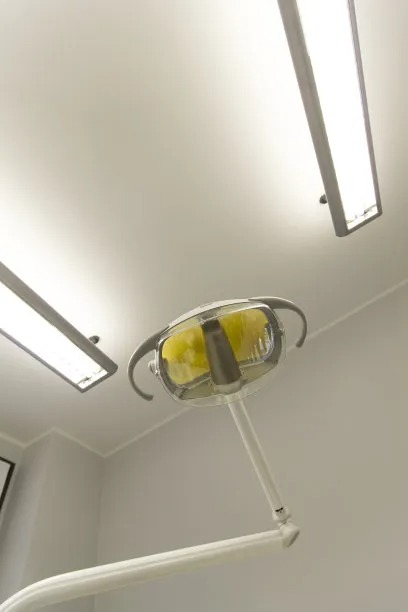Essential Precautions to Follow After Receiving a Dental Filling for Optimal Healing and Dental Health Maintenance
Summary: After receiving a dental filling, it is crucial to observe a few essential precautions that will aid in optimal healing and help maintain long-term dental health. This article explores key practices to follow post-treatment, including dietary recommendations, oral hygiene routines, monitoring dental health, and follow-up care. By adhering to these guidelines, individuals can minimize complications such as discomfort or re-infection while ensuring the longevity of their dental fillings. Furthermore, understanding the importance of these precautions can significantly enhance overall oral health and well-being.
1. Dietary Recommendations for Healing

Post-treatment, dietary choices play a significant role in the healing process. Initially, it’s advisable to avoid hard and crunchy foods which can put unnecessary pressure on the newly filled tooth. Foods like nuts, raw vegetables, and hard candies should be avoided until you receive guidance from your dentist.
Instead, opt for soft foods that require minimal chewing. Options such as mashed potatoes, yogurt, and smoothies are not only gentle on the teeth but also provide necessary nutrients for recovery. It is also advisable to keep meals at a moderate temperature to avoid discomfort.
Moreover, for the first 24 hours, refrain from consuming hot or cold beverages, which can provoke sensitivity in the affected area. Staying hydrated is crucial, so consider lukewarm water or room temperature drinks as alternatives.
2. Essential Oral Hygiene Practices
Maintaining oral hygiene after receiving a filling is vital to avoid complications such as infection or decay. Its essential to continue brushing twice daily but take care to be gentle around the filled tooth. Use a soft-bristled toothbrush to clean the adjacent teeth and gum line without aggravating the treated area.
Additionally, flossing is equally important, but it should be done cautiously. Instead of pushing the floss aggressively against the filling, slide it gently between the teeth to prevent dislodging the filling. Its wise to wait a few days before flossing near the filled area until sensitivity decreases.
Rinsing with an antibacterial mouthwash can also contribute to maintaining oral hygiene. This helps to reduce bacterial growth and promote healing, ultimately enhancing the health of the surrounding gum tissue.
3. Monitoring Your Dental Health
After a dental filling, it’s crucial to monitor the treated tooth for any changes or discomfort. Pay attention to any persistent pain or sensitivity that lasts beyond a few days, as this may indicate complications. If you notice any unusual symptoms, such as swelling or a fever, contact your dentist immediately.
Regularly checking your bite is also vital. If the filled tooth feels higher or significantly different when biting down, it’s important to schedule a follow-up appointment. An improperly aligned filling can lead to additional dental issues over time, so timely adjustments may be necessary.
Keep an eye on your overall oral health. A proactive approach can prevent problems before they escalate, and scheduling routine dental check-ups will help in maintaining the integrity of dental work.
4. Importance of Follow-Up Care
Follow-up care is pivotal in ensuring that your dental filling is functioning correctly. Most dentists will schedule a follow-up appointment within a week or two of receiving a filling. Attending this appointment is essential for assessing how well the filling has settled and making any necessary adjustments.
Moreover, regular dental check-ups — at least twice per year — help to catch any potential issues early. During these visits, your dentist can provide comprehensive examinations to ensure the filling remains intact and the surrounding dental health is optimal.
Don’t hesitate to communicate with your dentist about any concerns regarding your filling. They can provide tailored advice based on your dental history and unique situation, ensuring that your oral health remains a priority.
Summary:
Following a dental filling, it is crucial to maintain a careful approach to diet, hygiene, health monitoring, and follow-up care to promote optimal healing and dental health maintenance. By following these essential precautions, patients can avoid possible complications that arise post-treatment and support the longevity of their dental work.
This article is compiled by Vickong Dental and the content is for reference only.



